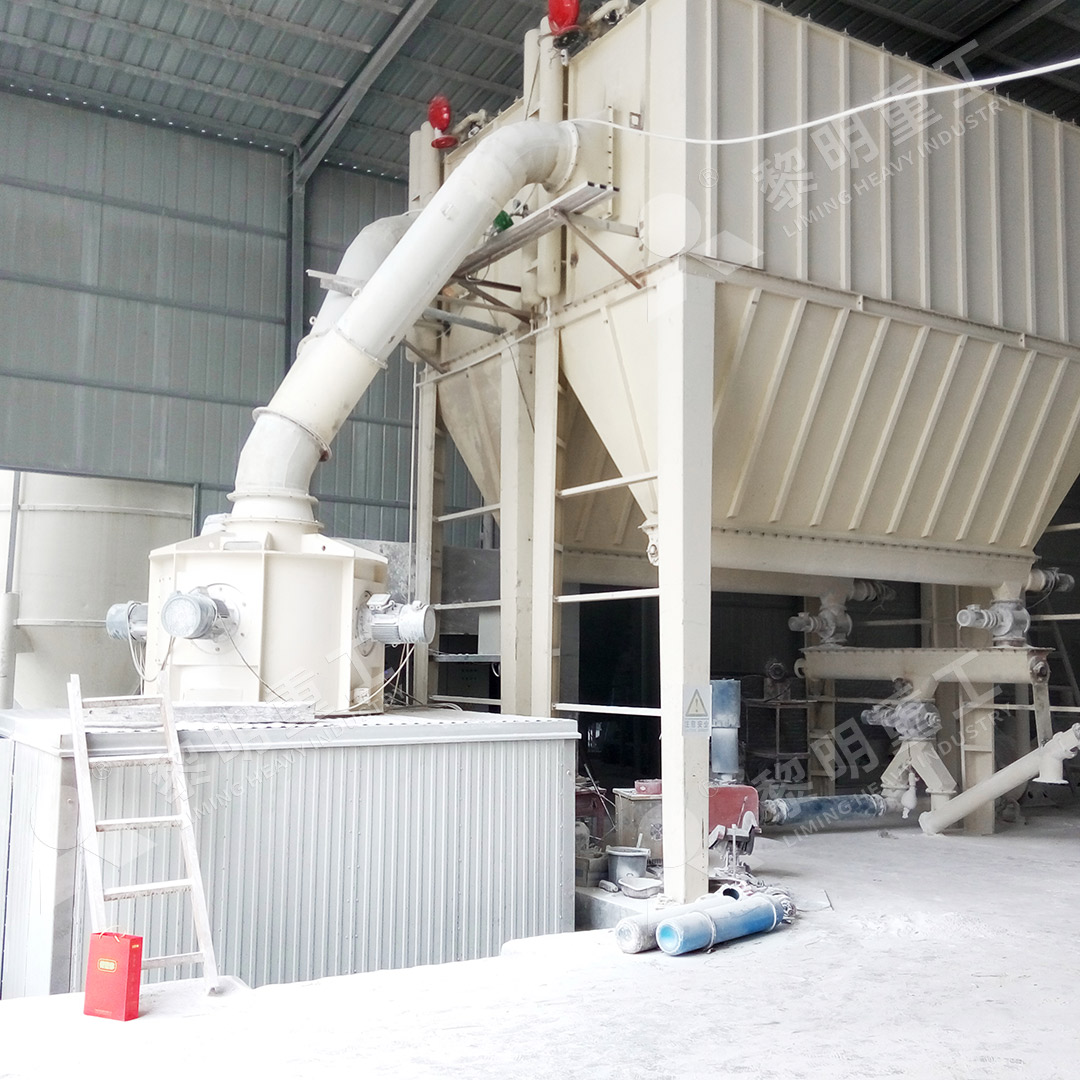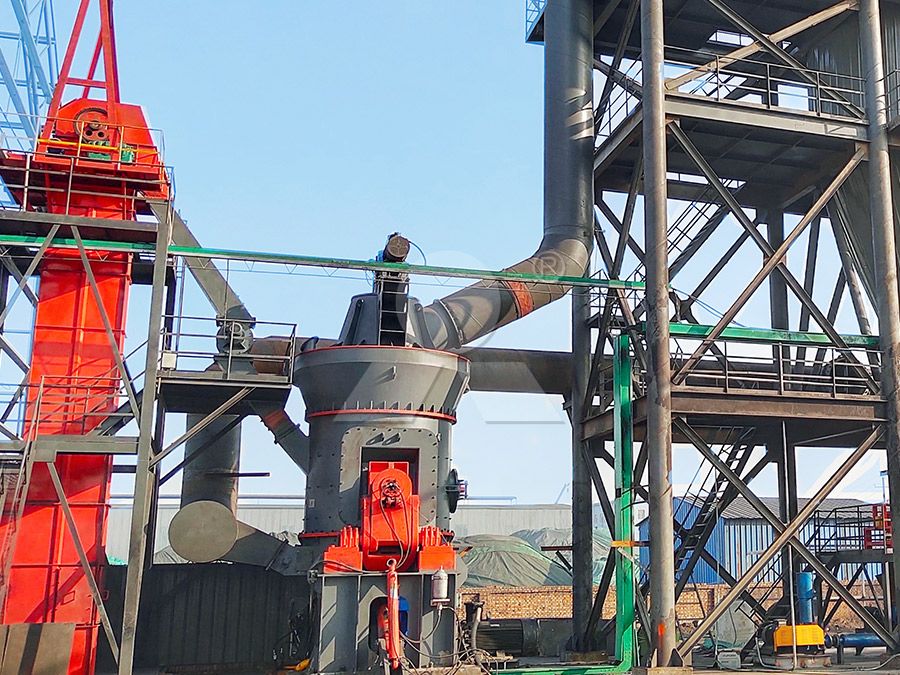Limestone Grinding Mill: Impact on Silicon Ore Processing and Market Price Trends
We provide a wide range of mills — including Raymond mill, trapezoidal mill, vertical mill, ultrafine mill, and ball mill, obtained ISO9001 international quality certification, EU CE certification, and Customs Union CU-TR certification. Suitable for processing minerals such as limestone, phosphate, quicklime, kaolin, talc, barite, bentonite, calcium carbonate, dolomite, coal, gypsum, clay, carbon black, slag, cement raw materials, cement clinker, and more.
The discharge range of these mills can be adjusted to meet specific processing needs, typically from 80-400 mesh, 600-3250 mesh, and can achieve the finest particle size of up to 6000 mesh(D50).
If you are looking for a reliable grinding solution to turn stone or minerals into fine powder, please feel free to contact our online customer service.
Limestone Grinding Mill: Impact on Silicon Ore Processing and Market Price Trends
The processing of silicon ore, a critical raw material for semiconductors, solar panels, and various alloys, is a complex and energy-intensive endeavor. The efficiency of this process is heavily dependent on the initial grinding and milling stages, where limestone often plays a crucial role as a fluxing agent. The choice of grinding equipment directly influences particle size distribution, purity, and overall yield, which in turn has a significant knock-on effect on operational costs and final market prices.
![]()
Traditional grinding solutions, such as ball mills or Raymond mills, often struggle with the high hardness and abrasive nature of silicon ore blends. They can lead to excessive energy consumption, high wear-and-tear on components, and contamination from iron pollution due to metal-on-metal contact within the grinding chamber. This contamination is particularly detrimental in high-purity applications, necessitating additional purification steps that drive up costs.
The Role of Advanced Ultrafine Grinding Technology
This is where advanced ultrafine grinding technology becomes a game-changer. Modern mills are designed to overcome these challenges, offering higher efficiency, superior fineness control, and minimal contamination. For operations focused on silicon ore and similar minerals, selecting the right mill is paramount.
We highly recommend considering our MW Ultrafine Grinding Mill for such demanding applications. This machine is specifically engineered for customers who need to produce ultra-fine powder with exceptional precision. With an input size of 0-20 mm and a capacity range of 0.5-25 tph, it offers remarkable flexibility. Its standout feature is the absence of rolling bearings and screws in the grinding chamber, virtually eliminating concerns about mechanical failure and iron contamination from loose parts. Furthermore, its efficient pulse dust collector and muffler ensure the production process is not only efficient but also environmentally responsible, keeping dust and noise pollution well within standards.

Market Trends and Efficiency Gains
The global push for greener technologies and more efficient manufacturing is putting pressure on silicon producers to optimize their processes. Market prices for high-purity silicon are sensitive to production costs. Investing in energy-efficient grinding technology like the MW Mill, which boasts a 40% higher capacity than jet mills and 30% lower system energy consumption, directly translates to lower cost per ton and improved competitiveness. The ability to adjust fineness between 325-2500 meshes with high precision (d97≤5μm) allows producers to meet the exacting specifications of different end-markets without over-processing, saving both energy and time.
For larger-scale operations or those processing slightly different material blends, our LUM Ultrafine Vertical Grinding Mill presents another excellent option. It integrates grinding, grading, and transporting, and its unique roller shell design promotes easier material layer generation for a higher yielding rate and better product whiteness. Its reversible structure also significantly simplifies maintenance, reducing costly downtime.

Conclusion
In conclusion, the evolution of grinding mill technology is intrinsically linked to the efficiency and economics of silicon ore processing. As market demands for purity and volume continue to rise, outdated milling equipment becomes a liability. Upgrading to advanced, eco-friendly, and highly efficient systems like the MW or LUM Ultrafine Grinding Mills is no longer just an option but a strategic necessity for producers aiming to control costs, ensure product quality, and maintain a strong position in a fluctuating market. The initial investment is quickly offset by substantial savings in energy, maintenance, and improved yield.
